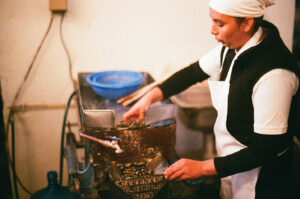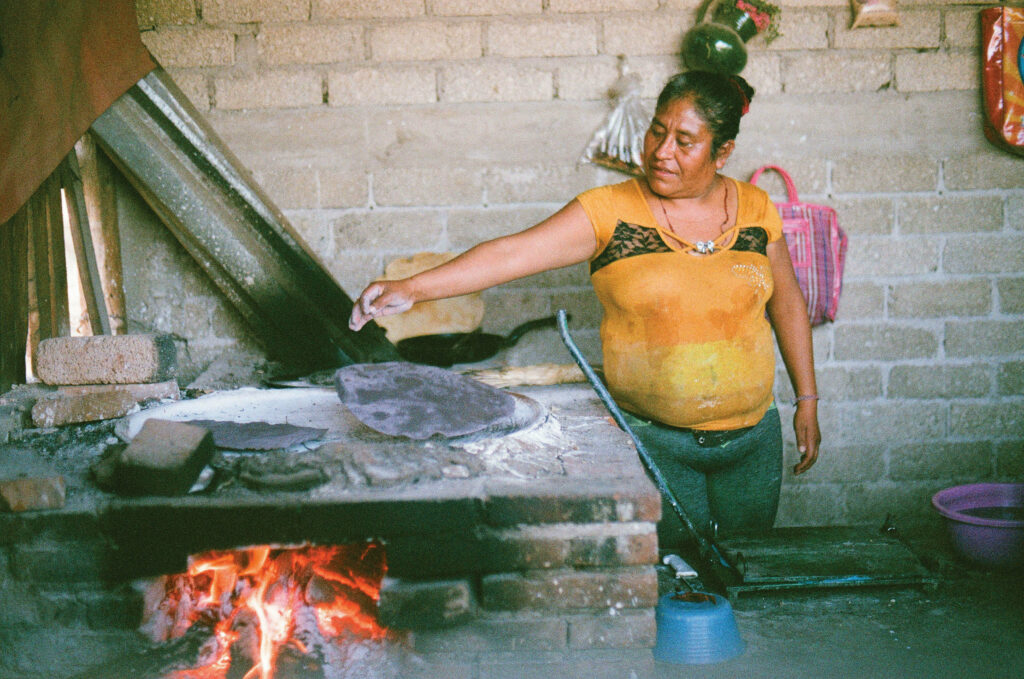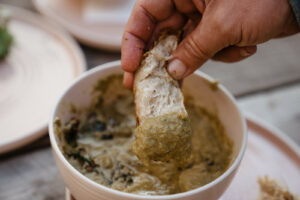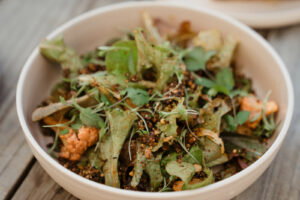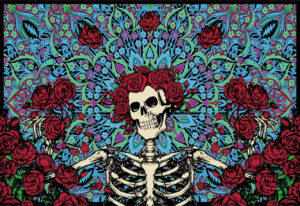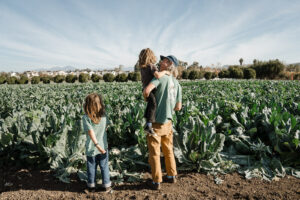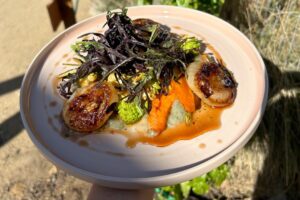(Oaxaca 2019)
I was invited by a dear friend named Glen Roberts, the founder of Anson Mills and a true legend in the food space, to join him in an expedition to Oaxaca, Mexico, the birthplace of corn. Glen has been on a 25-year journey of unearthing the cultural wealth and biodiversity of agriculture, and has done incredible work to open up pathways and resuscitate traditional foodways and cultural seed varieties that have been nearly extinguished. Needless to say, when you get an invitation from Glen Roberts to go on a seed journey in Oaxaca, you go.
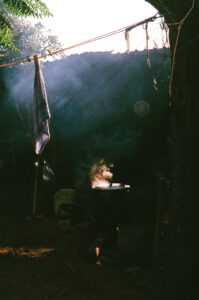
Together with The Ecology Center Director of Impact & Partnerships, Jonathan Zaidman, we met up with Dr. Martha Wilcox, a University of Wisconsin researcher who has been working with Indigenous farmers to keep their milpa culture alive.
We started in Mexico City, where we visited a seed bank with 22,000 varieties of corn before spending time with farming communities throughout the mountainous regions that surround the city. From there, we journeyed to Oaxaca, exploring villages that have been growing the same indigenous varieties of corn for thousands of years. We met with farmers to hear their stories and share meals over their traditional tortillas and playudas. For me, it was a dream come true—a formative experience—to learn about how this incredible partnership between nature and humanity has evolved over time and distributed itself throughout the world.
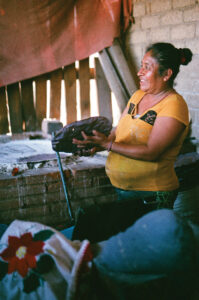
In particular, I was deeply impacted by going to the source of the seed’s sacredness. It’s no exaggeration to say that corn is sacred for many cultures throughout Mexico—there are a thousand unique uses for the plant, from daily nourishment to spiritual rituals, from practical crafts to seasonal celebrations. The contrast between this beautiful reverence and the sacrilegious commodification of corn in modern-day America couldn’t be more striking. Industrialized agriculture has taken all the magic out of this nourishing, complete plant and broken it down to produce nutritionless calories. Today, the corn we know is just a cog in the wheel of the food processing and meat industries, with no connection to its sacred source.
This trip renewed my determination to fight against the industrialization of agriculture, the commodification of food, and the extinguishment of culture. Our greatest tool in this fight is our practice of the milpa, a 10,000-year-old polyculture of crops that integrate together by nature. The corn is the core pillar of basic sustenance, providing a strong structure for the polyculture as well as our human diet. The beans that dance around the cornstalk bring nourishment, while the squash spreads a warm, protective blanket that ties everything together: perfect meal, perfect diet, perfect agriculture.
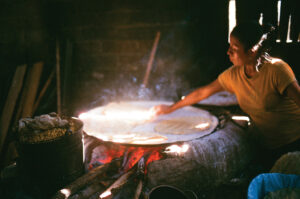
I’ve returned to Oaxaca several times now—sharing the celebration of the plant with the people who nourish and protect its culture continues to inspire my vision for our Village. We sustain these traditions while building on them through our Village tortilleria and our soon-to-launch Campesino Café, in the hope of bringing new cultures and old ones together into a unified whole.
In Oaxaca, corn is the gravitational center around which all other foods orbit. Needless to say, the locals have an uncommon mastery of this precious grain and use it to create the most delicious tortillas you could ever hope to taste.
